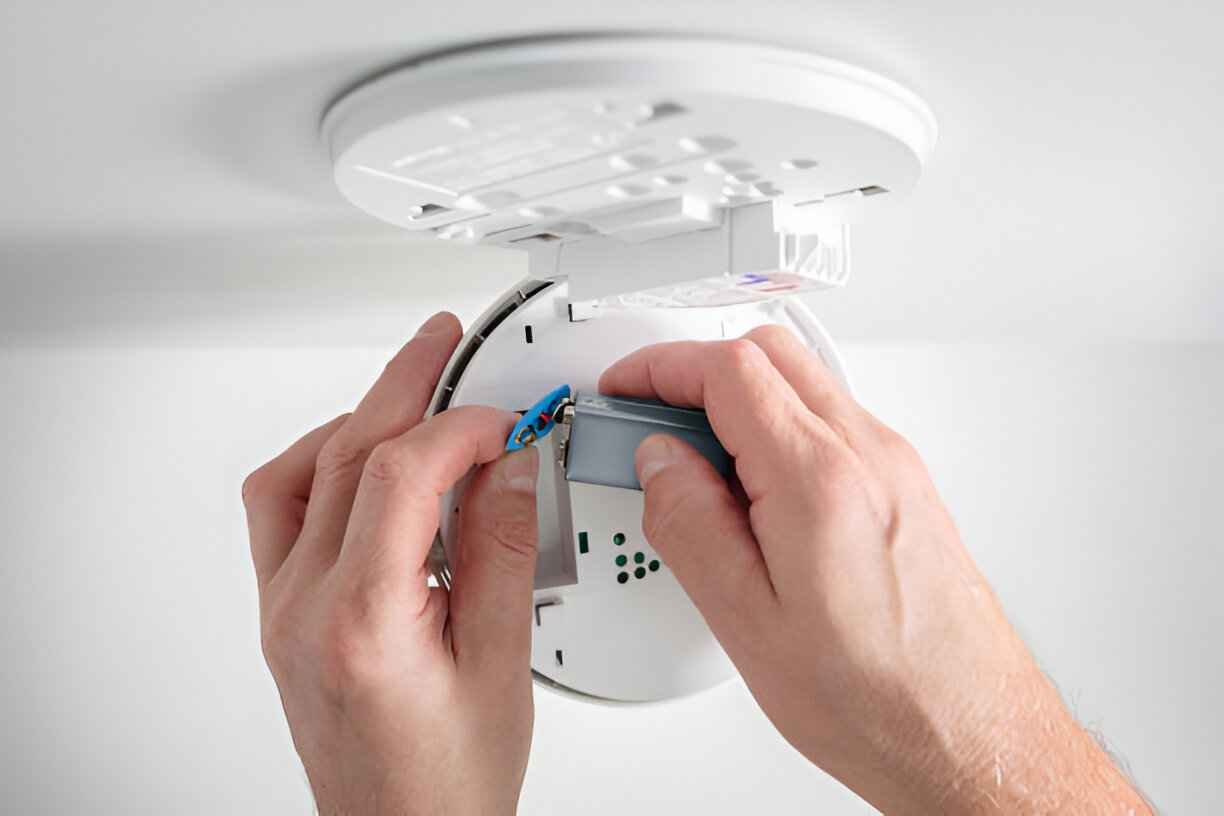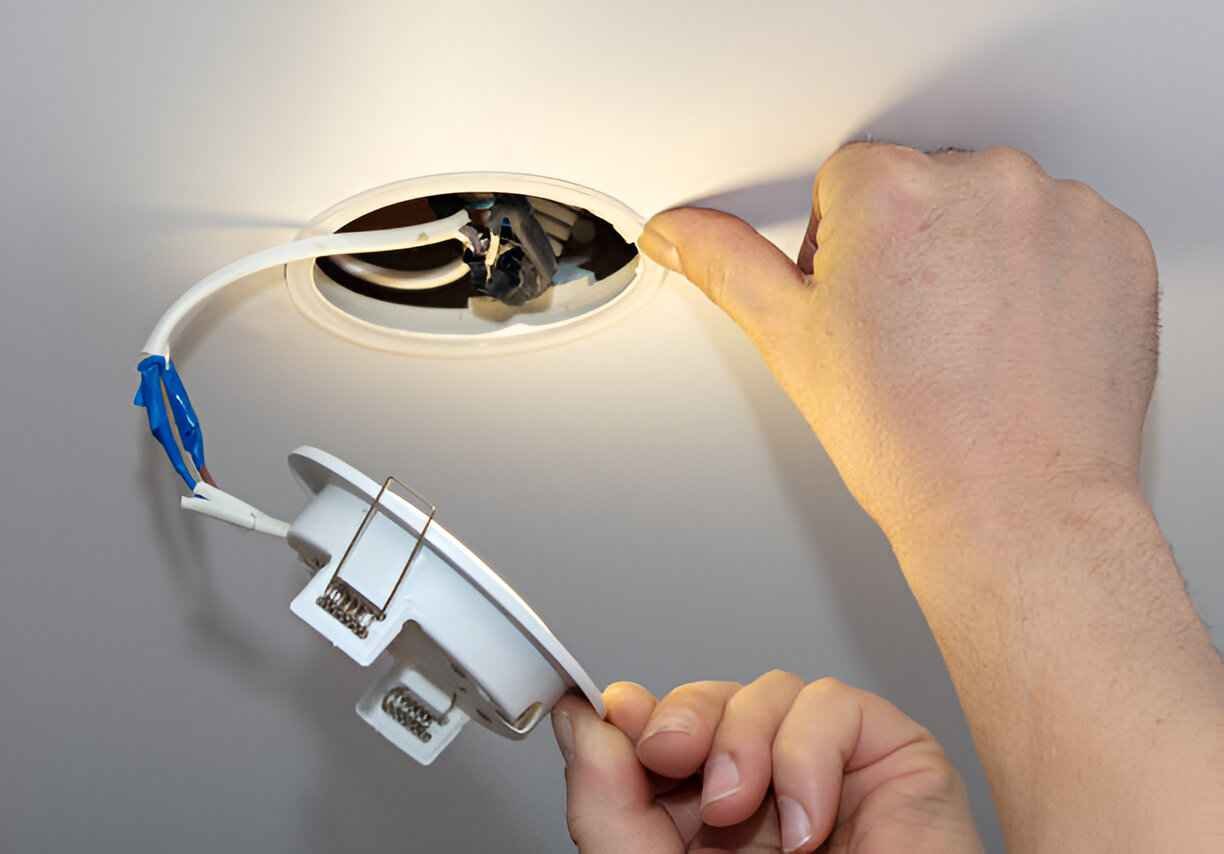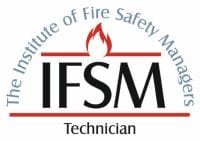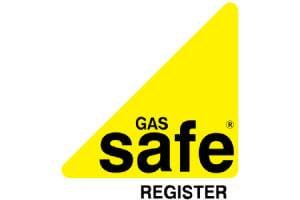
It’s a crucial process used to check if emergency lighting systems are working as they should. These systems are critical for providing illumination in the event of power failures, allowing occupants to exit a building during emergencies safely. Despite its importance, the process is often misunderstood or overlooked, potentially putting lives at risk.
Understanding how emergency lighting is tested and why regular checks are necessary is crucial for any organization striving to meet safety regulations. Proper testing ensures the lights activate when needed, helping to prevent accidents, ensure safe evacuations, and demonstrate compliance with fire safety laws.
But what does the emergency light test certificate process involve, and why is it so significant?
Key Takeaways
- Emergency lighting test certificate checks that lighting systems activate and operate effectively during power outages or emergencies.
- Regular checks are essential to identify typical faults, such as battery degradation or circuit failures.
- Monthly and annual tests are standard practice, each serving a unique compliance and safety purpose.
- Keeping detailed records of all testing activities is essential to meet safety standards and pass inspections.
- Hiring professional testers ensures the system meets legal requirements and minimizes risks associated with inadequate maintenance.
How Often Should Emergency Lighting Be Tested?
While specific rules vary depending on regional and building-specific regulations, emergency lighting systems should generally undergo annual functional inspection to confirm they are ready for use during an emergency.
These annual tests are all important in detecting early warning signs of issues, including battery wear, poor connections, and lamp failures. If these problems go unnoticed, the system may not perform as needed in a crisis.
In addition to the monthly routine, an in-depth annual test is also mandatory. This extended assessment simulates a prolonged power outage and ensures the lights can remain illuminated for their full rated duration. Upon successful completion, businesses receive an emergency lighting test certificate, serving as documented proof of compliance with safety laws.
These logs demonstrate due diligence and ensure that organizations are prepared for audits and safety inspections.
Implementing a consistent testing schedule is not just about ticking boxes; it’s about fostering a proactive culture of safety that can save lives in critical moments.
The Step-by-Step Process of Emergency Light Testing
A well-executed light test involves more than simply flipping a switch. To ensure complete readiness, the following structured approach should be followed:
- Review Compliance Standards
Start by examining manufacturer guidelines and local codes. These provide clear criteria for what constitutes a pass or fail during testing. - Visual Inspection
Conduct a thorough walkthrough of the property. Inspect emergency light fixtures and their batteries for any visible damage, blockages, or signs of deterioration. - Simulate Power Failure
Activate the emergency lighting system by simulating a mains power outage. This test confirms that the lights switch on automatically and illuminate key areas such as exit routes and stairwells. - Measure Illumination Duration
Check that each light remains on for the required minimum time, usually 90 minutes, depending on regulations. Any light that fails this test must be repaired or replaced. - Record Findings
All results, including any detected issues and the actions taken, must be documented precisely. This log will serve as evidence during audits and safety reviews.
Though the emergency light testing cost can vary based on the building’s size and the number of fittings, the expense is justified by the increased safety and legal protection it offers.
Common Issues Found During Emergency Lights Test
During routine light tests, various recurring problems are often identified, each of which could compromise safety during a real emergency. The most common include:
- Bulb Failures: Dead or flickering bulbs render emergency lights useless when they’re most needed.
- Battery Issues: Batteries that can no longer hold a charge are a significant liability, especially if unnoticed for long periods.
- Electrical Faults: Faulty wiring, rust buildup, or damaged circuits can lead to unreliable operation or complete failure of the emergency lighting system.
- Insufficient Documentation: Failing to keep updated records or certificates is not only a compliance issue but could result in penalties or legal action.
To address these problems effectively, many property managers search for reliable professionals offering “emergency light testing near me” to ensure trained experts check their systems.

Testing for Commercial Properties
Commercial buildings are legally obligated to ensure the reliability of their emergency lighting systems. In cities like London, emergency light testing services play a pivotal role in maintaining workplace safety and regulatory compliance.
A standard commercial inspection involves:
- Confirming brightness levels are adequate.
- Checking that lights activate correctly during outages.
- Verifying battery condition and discharge capacity.
In commercial settings, these tests are vital due to the volume of occupants and the complexity of building layouts. Regular assessments, typically carried out monthly and annually, ensure any defects are identified and rectified promptly.
Taking a structured, professional approach to emergency lighting checks in commercial premises not only ensures legal compliance but also reinforces the organization’s commitment to health and safety.
Benefits of Regular Emergency Lighting Maintenance
Keeping emergency lighting systems in good condition provides far more than just regulatory peace of mind. There are several tangible benefits to ongoing maintenance:
- Enhanced Reliability: Well-maintained systems are more dependable during actual emergencies.
- Improved Safety: Functional lighting ensures that escape routes are visible, reducing the chance of accidents.
- Cost-Effective Longevity: Regular upkeep extends the lifespan of fixtures and batteries, saving money on replacements.
- Safety Culture: Routine checks and servicing reflect a strong internal culture of accountability and concern for occupant well-being.
By investing time and resources into maintaining emergency lights, organizations demonstrate a serious commitment to preparedness and risk management.
Legal Requirements for Emergency Light Testing London
UK fire safety legislation outlines strict responsibilities for building owners and employers. According to BS 5266-1:2016, the official British Standard for emergency lighting:
- Monthly Testing: A brief activation to confirm that the lights turn on and operate correctly.
- Annual Testing: A full-duration discharge test to evaluate battery health and light performance.
Both tests must be logged and certified. During inspections or legal inquiries, these records serve as proof of compliance.
Following these guidelines is crucial for reducing potential hazards and ensuring the safety of everyone in the building.
The Cost of processing the emergency lights Test in 2025
In 2025, the cost of light testing will be influenced by several evolving factors:
- Labour Rates
Skilled technicians are in high demand, which may increase hourly rates and overall testing expenses. - Technology Advancements
Integration of automated testing systems and intelligent controls could raise upfront costs but offer long-term savings through improved efficiency. - Tightened Regulations
More rigorous standards may require additional testing, detailed reporting, and potential system upgrades, further affecting budgets.
Landlord Safety Certification provides the most reliable service across London at an affordable price.
Organizations must account for these changes when planning their annual fire safety budgets. A clear understanding of cost drivers will aid in efficient financial planning and regulatory preparedness.
Hiring a Professional for Emergency Light Testing: What to Know
Bringing in a certified professional for emergency light testing is one of the best ways to ensure systems meet legal and safety standards.
When hiring, consider the following:
- Qualifications and Certifications: Ensure the provider is accredited and familiar with local regulations and British Standards.
- Experience: Opt for technicians with a track record in servicing commercial and residential properties.
- Comprehensive Service: Choose a provider who not only tests but also documents findings, offers recommendations, and handles any necessary repairs.
Professional testing helps avoid compliance errors and system oversights, reducing legal exposure and enhancing building safety. It also reassures stakeholders that emergency readiness is being managed responsibly.
Stay Compliant: Emergency Light Testing Laws
To remain compliant and safe, every organization should adopt a structured approach to emergency light testing. This includes:
- Scheduled Testing: Carry out monthly function checks and annual complete tests in line with legal obligations.
- Detailed Documentation: Keep logs of every test, including any failures, maintenance, or replacements.
- Employee Training: Educate staff on the role of emergency lighting and how to report issues or system failures.
When these steps are followed diligently, businesses create a robust framework that supports both safety and regulatory compliance.
Frequently asked questions.
Conclusion
Searching for emergency light testingnear me isn’t just about ticking a legal box—it’s a proactive step toward creating a safer, fully compliant, and better-prepared facility. By scheduling regular monthly and annual tests, maintaining clear documentation, and working with qualified professionals in your area, organizations can significantly reduce potential risks.
Ultimately, investing in local emergency light testing services shows a strong, ongoing commitment to safety and a culture that protects both lives and property when emergencies strike.







